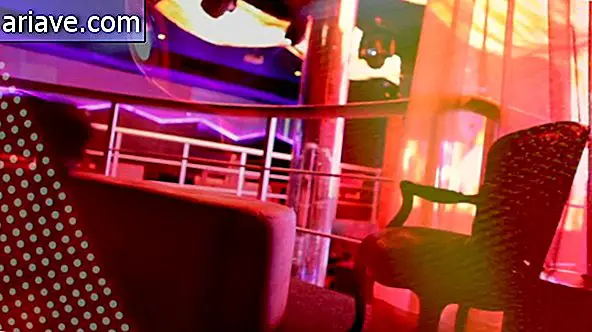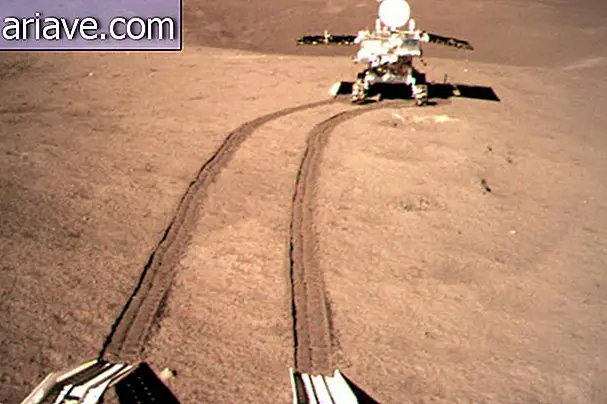What if the earth had rings like those on Saturn?
Imagine if our sky was cut by rings? It would be a beautiful sight, wouldn't it? However, the earth once had a ring as part of the formation of the moon. According to the big impact theory, when planet Theia collided with the earth a titanic amount of material was destroyed and scattered throughout space.
It all went into orbit around the earth, forming a ring until all the materials eventually merged into our satellite today, which we can see in its various phases. This only happened because the material was in orbit outside Earth's Roche boundary. But what does this limit have to do with rings?
Roche Limit
In fact, everything. In 1848, French mathematician Edouard Roche calculated that if a large satellite were too close to a planet, the first would be torn apart by the gravitational forces of the second. This is because the gravitational pull of a planet on a moon is not evenly divided.
The planet pulls closer to the side of the moon closest to it, and less to the far side. If the moon gets too close, this uneven attraction can become large enough to rip the satellite in half. Thus each planet has what is called a Roche boundary, and Saturn's rings lie entirely within it.
Some astronomers believe that the rings of Saturn are material that was not able to form a moon, because it lies exactly within the Roche boundary of the planet. Thus, Saturn's gravitational pull prevents particles from clustering to form a moon.
Theories
Another popular idea among scientists suggests that during the time Saturn was forming, there were one or more moons outside its Roche boundary. The bigger a planet is, the more serious it is. And the more gravity you have, the higher your Roche limit.
With that, as Saturn grew, its limit of Roche also increased, encompassing the two moons, which soon crumbled into particles, which gave rise to the rings. According to the researchers, there may still be large pieces of these ancient moons inside the rings - and that could also have happened to Earth. But what would it be like?
Earth Rings

If we had rings in the same proportion to our planet as those on Saturn, how would they be seen at different points on Earth? According to Ecuador's website iO9, the rings would be passing directly over our heads like a glowing line, arching from horizon to horizon as in the image above.
If it were north of Guatemala, the rings would begin to spread across the sky, illuminating the dark side of the moon due to the rising sunlight being reflected on them, as you can see in the image below.

Moving somewhere in Polynesia over the Tropic of Capricorn at 23 ° south latitude, a 180 ° panorama gives an idea of what the magnificent view of the rings would look like. The edge of the shadow is tinted with an orange formed by sunlight passing through the Earth's atmosphere.

From Washington, at 38 ° latitude, the rings would begin to sink below the horizon.

Unfortunately, artist Ron Miller, responsible for the illustrations in this article, did not create a version of the rings seen from Brazil. But it would be a little interesting, don't you think?











